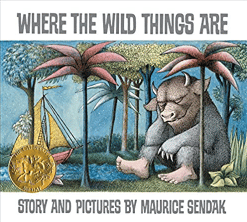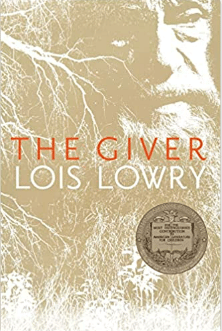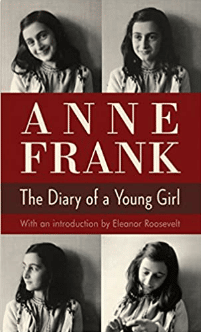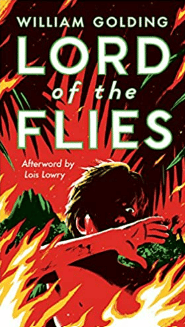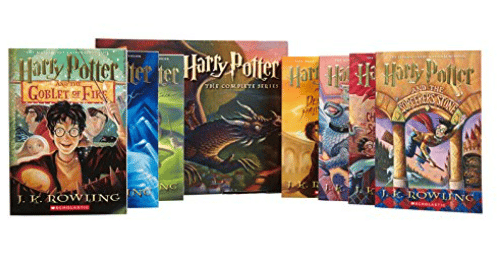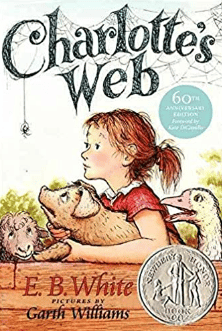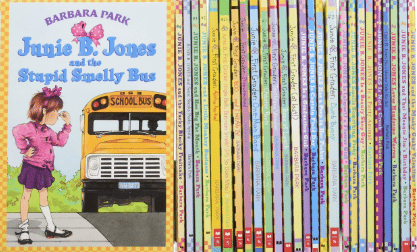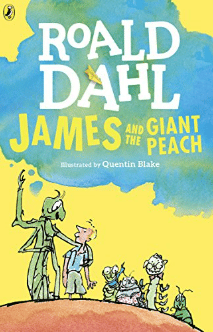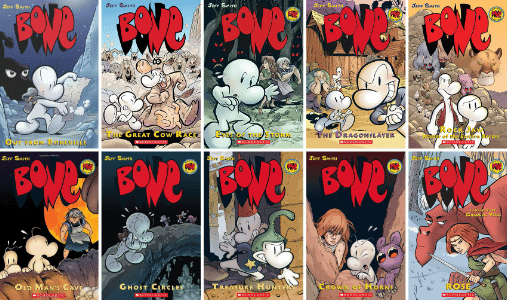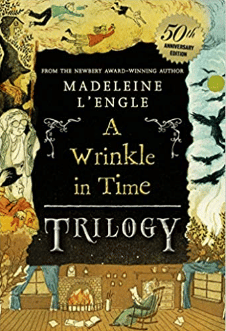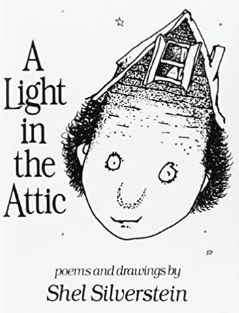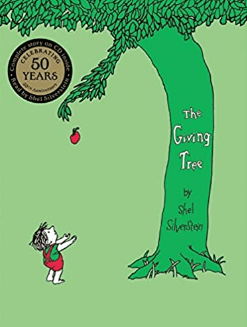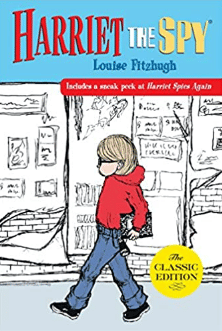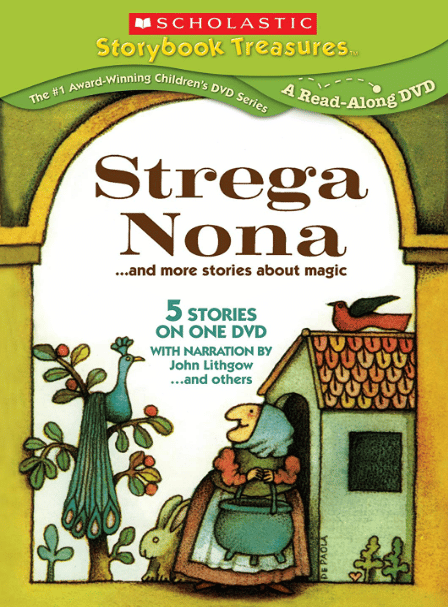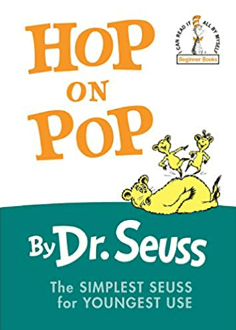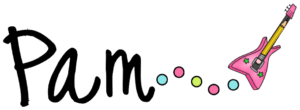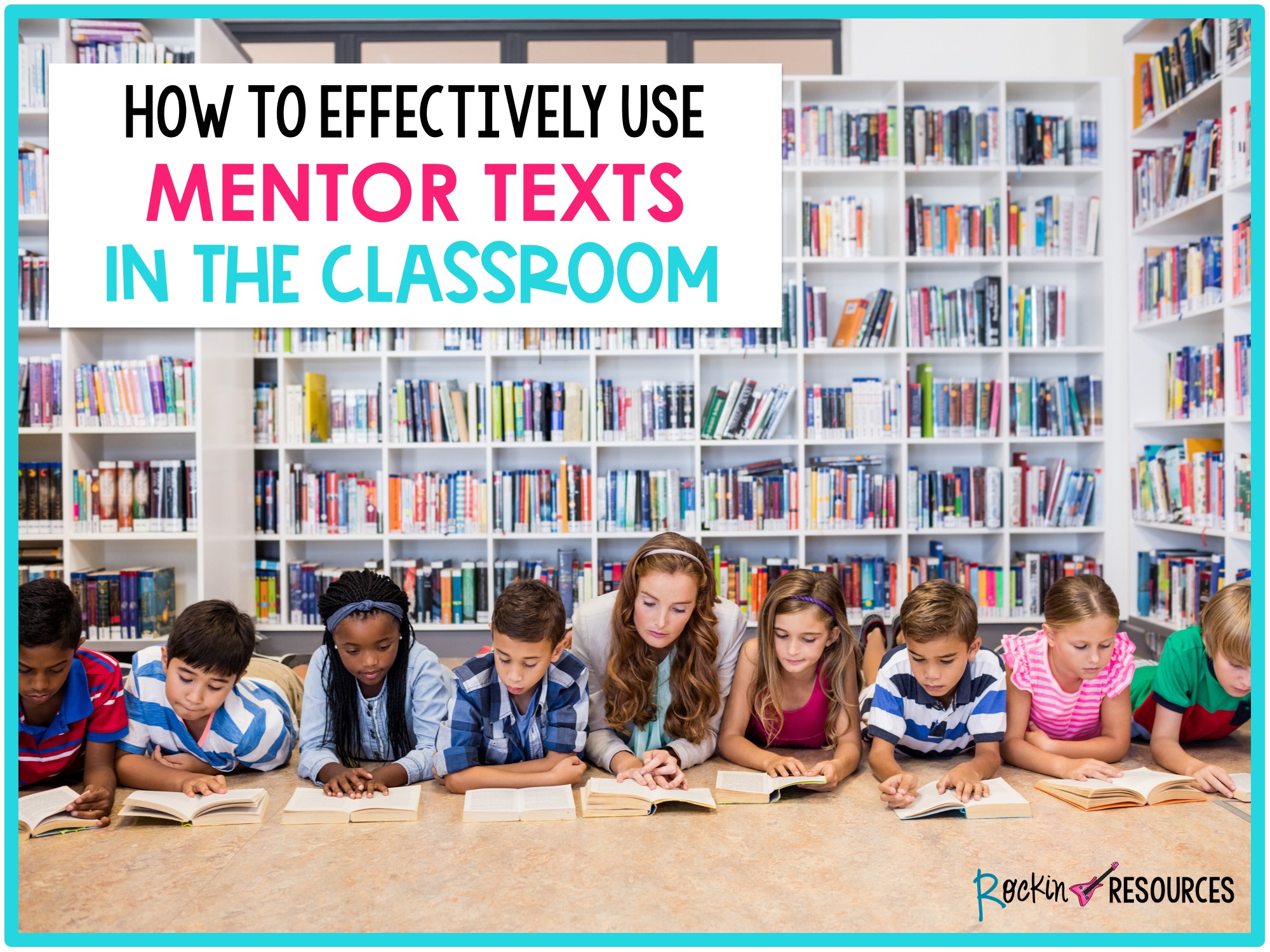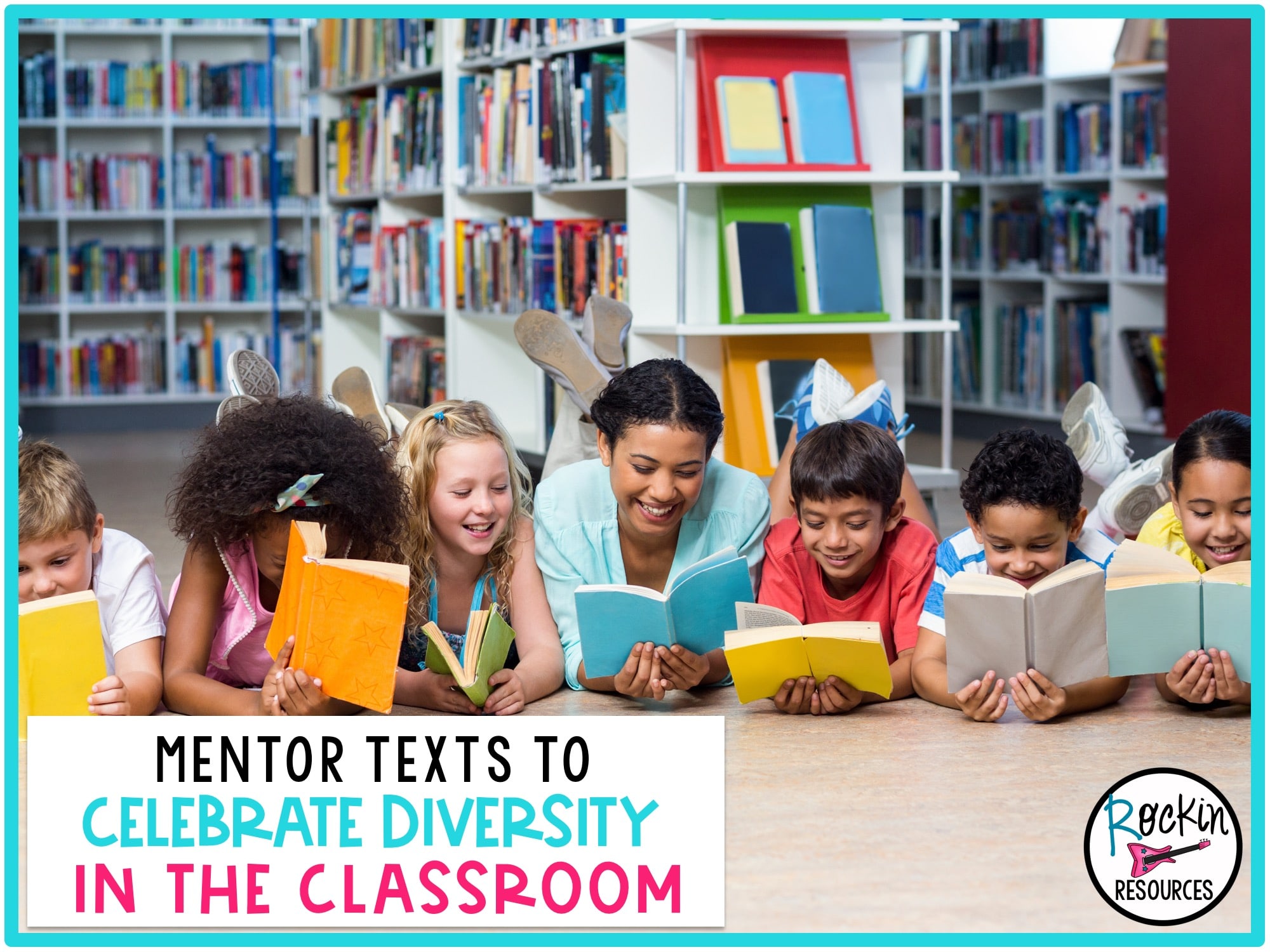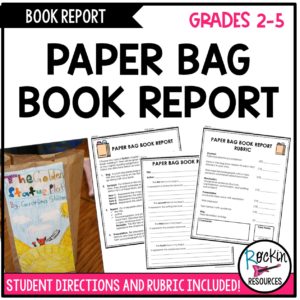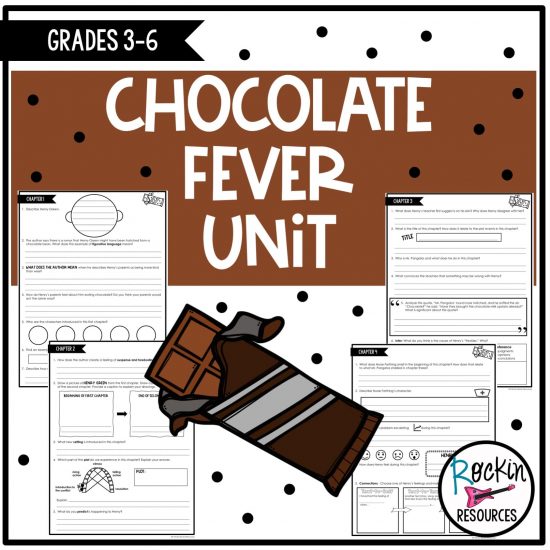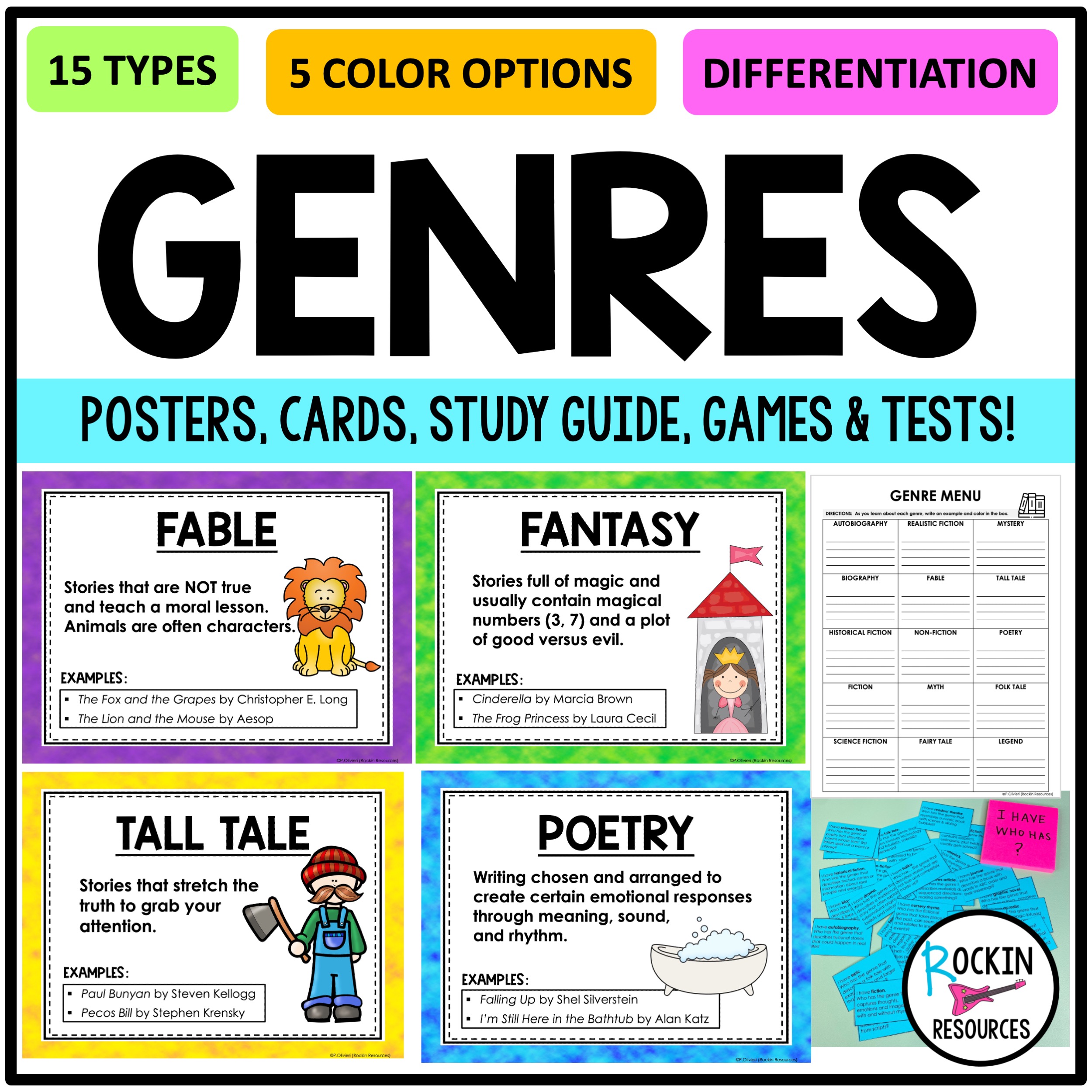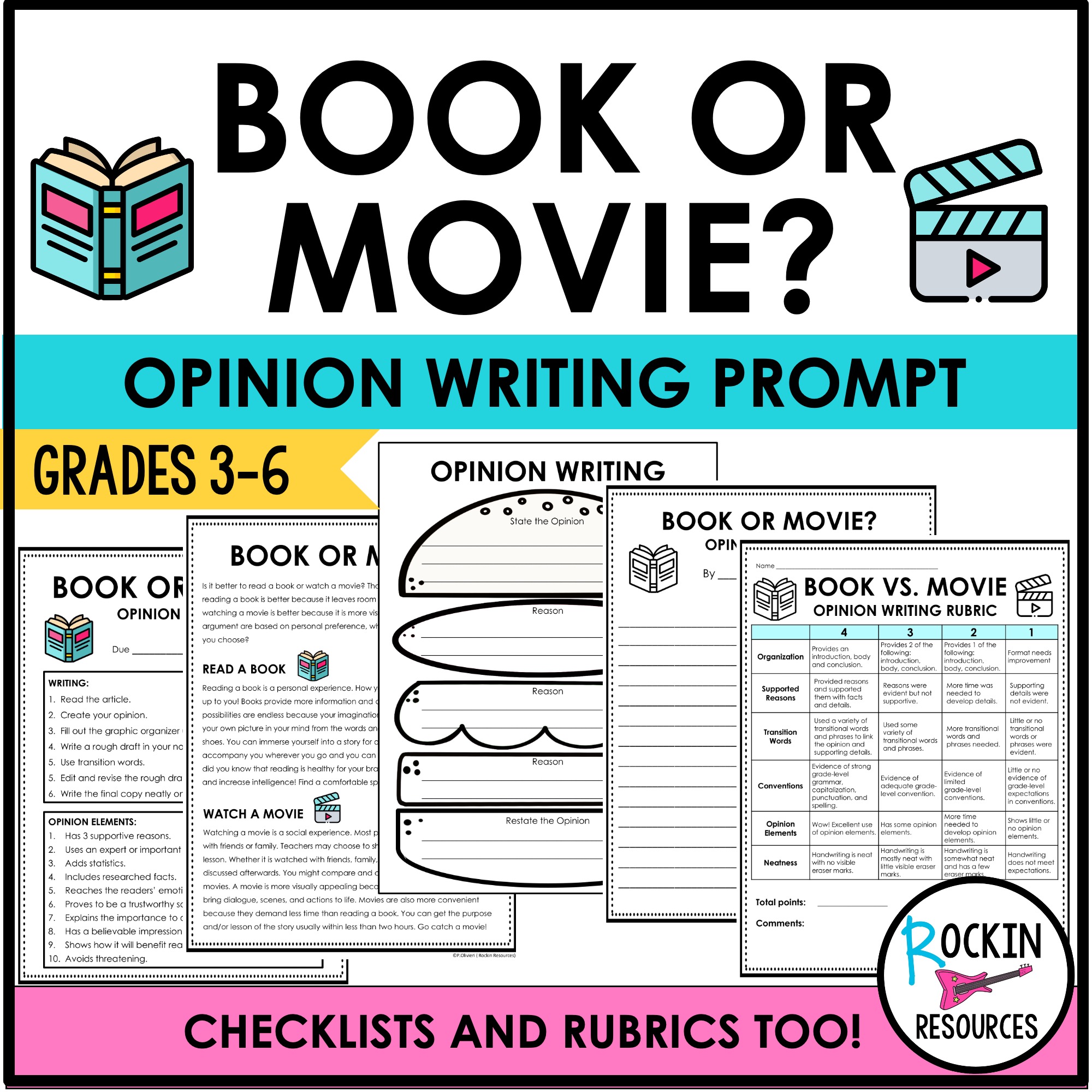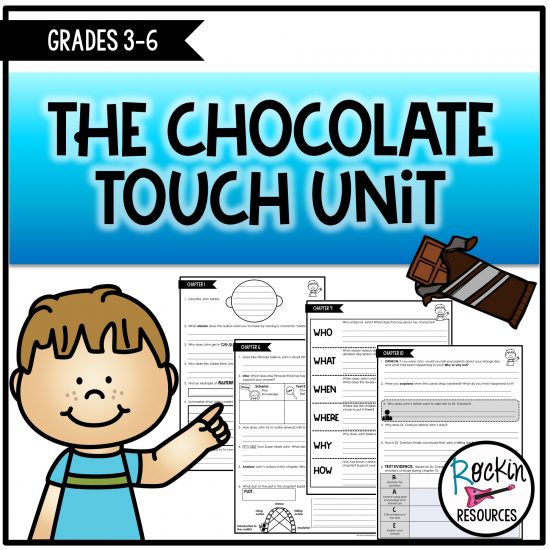The censorship of ideas and beliefs is nothing new to the 21st Century. Since at least 213 BCE, books have been challenged, banned, and destroyed whenever they were considered to contain information, stories, or themes that were considered to oppose the religion, morality, and politics of the given time period and undermine its societal “norms”. Since those early days of book banning and burning, it’s been made apparent through studies that as society evolves over time, so, too, do the arbitrary standards that are upheld within the culture to determine which books contain the “right” versus the “wrong” content material.
Banned Books Week officially began in 1982 as an annual celebration of the freedom to read. The week, which typically falls during the last week of September, highlights the value of uncensored and “open-access” literary knowledge and texts. The First Amendment is put into the spotlight during this time as communities of book lovers, including librarians, authors, journalists, teachers, and readers of all abilities and types, come together in shared support for the freedom to seek and express ALL ideas.
The American Library Association’s Office for Intellectual Freedom has kept tabs on the demographics of books that have been challenged and banned throughout recent decades. When a book is referred to as being “challenged”, that means that patrons have attempted to ban it by raising concerns and voicing complaints to schools, libraries, and government bodies. The actual banning of a book is the follow-through and completion of a book’s challenging, wherein the book is declared to be banned, and then removed from the shelves of libraries, bookstores, and/or classrooms entirely.
The key word to remember when you think about the concept of “banned books” is subjectivity. Opinions are subjective, meaning that they are based on personal perspectives and preferences of the opinion-giver/maker. Our opinions are heavily influenced by our viewpoints and upbringing, which may also be rooted in the religion, morality, or politics that we subscribe to. Listed below are 20 popular children’s/youth books that have faced challenges and bans over time, as well as on what grounds these books were criticized.
This much-loved children’s book follows a young boy named Max as he goes on an adventure into a wild world. One day, Max dresses up in a wolf suit and creates chaos in his house, so his mother decides to send him off to bed. From his bedroom, Max sails off to an island that is home to a population of Wild Things, who all decide to crown him King.
Immediately after its publication in 1963, the fantasy picture book, Where the Wild Things Are, was challenged for being too dark and frightening for young readers. Adults at the time supported banning the children’s book because they found Max’s punishment of being sent to bed to be problematic, in conjunction with the “disturbing” supernatural themes and imagery within the story. This book was additionally critiqued in a 1969 column in Ladies Home Journal by a child psychologist, Bruno Bettelheim, who found the book to be “psychologically damaging for 3- and 4-year-olds” despite admitting later in the article that he was not very familiar with the book.
The Giver tells the story of Jonas and his seemingly idyllic world where citizens are given life assignments to carry out in society. The community is run by The Elders and thrives on order and obedience, wherein everyone must play their part. Birthmothers produce children who are assigned to family units and then these children grow up to later take on and fulfill their assigned duties. Only when Jonas is given the life assignment as the Receiver of Memory does he truly begin to understand the dark secrets within his delicate community. With the power of this knowledge, Jonas must figure out how to do the impossible and enlighten his friends and family before it’s too late.
Challenged for its social critique and themes of suffering and individuality, The Giver was notably banned in California in 1994 after complaints from parents about the book’s violent and sexual passages. The book also experienced notable challenging in Montana, Ohio, and Florida because it contained references to infanticide, euthanasia, suicide, and starvation, often resulting in schools requiring parental permission prior to assigning the book to students.
The Diary of a Young Girl, written by Anne Frank, gives a first-hand account of the hardships of life experienced by a young Jewish girl and her family in the 1940’s. Following the Nazi occupation of Holland, Anne and her family were forced to flee their home in Amsterdam to go into hiding wherein they faced hunger, boredom, and never-ending cruelty at the hands of Jewish persecution and war. This moving memoir recalls the darkest times of Anne Frank’s life while simultaneously providing readers with a testament to the brute strength and courage of the human spirit.
Published posthumously by her father, Otto Frank, in 1947, Anne Frank’s diary was initially challenged through criticisms that questioned the legitimacy of the author with claims that Anne did not write the account and that it had instead been created as “pro-Jewish propaganda.” The Diary has also been banned from several schools in the United States over the years because of its “depressing” content as well as “sexually offensive” passages that discuss the experience of puberty-related changes in a young girl. Additionally, different editions of Anne Frank’s account contain censorship of certain thematic elements and passages reflecting these critiques, in which the selective editing of the book has purported to make it more “suitable” for its audience.
On the precipice of the next world war, a plane containing a group of schoolboys crashes onto the shore of an abandoned island. Their celebration of newfound freedom, however, is short-lived. With no adult supervision or nearby civilization to keep things in order, the boys experience a reign of terror as the hope of being rescued diminishes and tribal-like power games amp up.
Official reports from the American Library Association reflect that The Lord of the Flies was challenged many times from 1974 to 2000, with critics citing the book’s “uncivilized” and “savage” depiction of humanity. The ALA reports that the book has not been frequently challenged or banned in recent decades, perhaps due to a shift in our ideas of morality, since the ideas that were once viewed negatively no longer seem as bad in today’s modern world.
This series of fantasy novels follows a young orphan by the name of Harry Potter as he comes into his magical powers as a student at the Hogwarts School of Witchcraft and Wizardry. The seven novels chronicle his adventures alongside friends, Hermione Granger and Ron Weasley, as they grow stronger and stronger in their powers.
Harry Potter has been opposed specifically during times of political, religious, and moral conservatism for its glorification of magic and the occult as characters frequently cast spells and curses throughout the stories. Criticisms of the widely renowned and popular fantasy series vary in intensity, from challenging attempts to literal book burnings such as the one organized by the pastor of Christ Community Church in Alamogordo, New Mexico in December of 2001, who fulminated against the series’ “anti-Christian” motifs. Regardless of how many times these books are challenged, burned, and banned, intellectual freedom fighters and fans alike fight back vehemently to protect this beloved youth fantasy series.
Eight-year-old Fern Arable begs her father not to kill the runt of his pig’s new litter, promising him that she’ll take care of it so that it may have a chance in life. Named Wilbur, the piglet grows to the point that Fern is forced to sell him to her uncle, whose barn full of animals shun the pig as a newcomer.
Published in 1952, Charlotte’s Web has been challenged over the years due to various religious and ideological reasons. In 2006, a parent’s group in a Kansas school district raised concerns that the talking animals in the story were “blasphemous” and “unnatural” while also citing that the passages about the spider’s death were “inappropriate subject matter for a children’s book”.
This children’s book series centers around the “almost six-year-old” Junie B. Jones and her funny adventures in kindergarten, and later in the series, first grade. Junie B. Jones is an outspoken and rambunctious student, whom many readers and parents regard as a relatable, honest, and realistic character.
The character, Junie B. Jones, is at the forefront of this series’ challenging and banning. Junie B. is loud, unruly, and sometimes rude and thoughtless towards her friends, family, and teachers. Barbara Park’s Junie B. Jones series was listed in the American Library Association’s Top 100 Banned/Challenged Books 2000-2009 because of parental worries that the 5 year-old character may serve as an inappropriate role model.
After his parents are sadly eaten by a rhinoceros, James Henry Trotter must go live with his terrible aunts. His life is horribly boring until one day he drops a few magical crystals by an old peach tree and odd things begin happening! One of the peaches on the tree grows to the size of a house, where James meets some over-sized insect friends to adventure with.
This renowned children’s book has faced challenges and bannings for decades now, in part due to what are perceived to be inappropriate themes and dialogue. Schools and parents refer to its elements of racism, violence, mild sexuality, drinking, and drugs as justification for taking this book off the shelves.
The Captain Underpants series follows two fourth graders and their creation of a homemade comic book featuring a “tighty-whitey-clad superhero” named Captain Underpants.
Despite being a beloved children’s series, Captain Underpants has been under fire numerous times due to critiques and concerns of it being unsuitable for its intended age group. Violence and an overall theme of disobedience to authority have also gotten this series in hot water over the past few decades.
Goosebumps is a series of children’s horror fiction novels that have been popularized as books that will get children reading! Intended to entertain rather than to scare, each book within the anthology contains its own haunting story of ghosts, mummies, scarecrows, werewolves, and more.
Although the Goosebumps books do not contain any deaths of characters or offensive/crude language, they have undergone their fair share of bannings and challenges over time. Many parents’ complaints have centered on their opinion that the novels contain “excessive violence” and depict occult or satanic themes. However, the same parents that deemed these books “too scary” for the intended audience of 12-year-old tended to simultaneously admit that the Goosebumps books are what encouraged their children to become avid readers in the first place.
Best friends Jess Aarons and Leslie Burke invent a fantasy world called Terabithia in the woods behind Leslie’s house in rural Virginia. One morning, when Leslie goes to Terabithia by herself, a tragedy occurs. Jess must use the strength that Leslie has given him and the love from his family to manage his grief in moving forward.
Complaints and challenges of this book are mainly concentrated in the states of Pennsylvania and Connecticut, wherein the former state reported 700 disorderly conduct citations for the book’s offensive language and misuse of the word “Lord”. The book has been accused of promoting secular humanism, New Age religion, witchcraft, and evil, among other things. The author, Katherine Paterson, has found these challenges to be “ironic” since she was raised by Christian missionaries and was married to a Presbyterian minister.
Bone is a children’s graphic novel series that follows three bone cousins, Fone Bone, Phoeny Bone, and Smiley Bone, in their adventures after getting kicked out of Boneville. The books are known for having a unique mixture of mystery, humor, and adventure!
The American Library Association reported that critics have attempted to ban the comic book series, citing reasons of violence, racism, and political viewpoints. The book has faced many challenges and at least one ban over the years. The author responded to a slew of complaints in Texas that he had “no idea what book these people read” and that these charges “say more about the people who make them than about the books themselves.”
Published in 1962, A Wrinkle in Time is a Newbery Award winning young adult novel about the characters Meg and Charles Wallace Murry, and their friend Calvin O’Keefe, who discover that Mr. Murry has been captured by the Dark Thing. These children must go on a wild adventure, traveling through time, in order to save him.
Despite general and award-winning praise, this novel has undergone numerous challenges and attempted bans on the account that there are blends of religious, supernatural, and scientific elements deemed unfavorable by critics. The book has simultaneously been criticized for being too religious, and on the other hand, not religious enough.
This literary classic centers around the character Huckleberry Finn as he takes off on a raft down the Mississippi River in the 1840’s. Joining Huckleberry on his adventure is Jim, an enslaved person who is seeking freedom. Huckleberry and Jim encounter con artists as they drift southward and, toward the end of the book, the protagonist reunites with another iconic character, Tom Sawyer.
This book was banned immediately after its publication in 1885 on the recommendation of public commissioners in Concord, Massachusetts, who condemned it as “racist, coarse, trashy, inelegant, irreligious, obsolete, inaccurate, and mindless.” However, the controversies surrounding the novel didn’t stop there. Over time the book has faced numerous accounts of complaints on the basis that the book contributes to racial stereotypes, wherein the characters use incorrect grammar, language that has since been considered “an accurate representation of that spoken by rural populations in the pre-Civil War South.”
This collection of poems and drawings is full of imaginative and quirky characters and subjects. Whimsical in nature, Silverstein’s prose contains intriguing characters, like Backward Bill and Sour Face Ann, with great attention given to rhythm in a collection of poetry that appeals to young and old alike.
This collection of poems and drawings is full of imaginative and quirky characters and subjects. Whimsical in nature, Silverstein’s prose contains intriguing characters, like Backward Bill and Sour Face Ann, with great attention given to rhythm in a collection of poetry that appeals to young and old alike.
The giving tree has a deep love for a young boy who comes each day to eat her apples, swing from her branches, and slide down her trunk. Over the years, as the boy grew older, he asked for more and more of the tree, and the tree gave and gave…
In 1988, The Giving Tree was banned from a public library in Colorado after it was interpreted as sexist in the sense that the young boy takes and takes from the female tree, without ever giving anything in return. The interpretation of the story is directly influenced by Silverstein’s history with women and literature, wherein, prior to becoming a well-known name in the children’s book industry, Silverstein worked as a cartoonist for Playboy magazine.
Young Harriet M. Welsch is a self-proclaimed spy who tracks everything she observes about her surroundings in her notebook, including detailed notes of her classmates and friends. Her spying comes to a head when Harriet loses track of her notebook, and it ends up in the wrong hands. Following an involuntary sharing of her unfiltered thoughts and observations of those around her, Harriet must figure out how to reconcile her life and friendships.
Published in 1964, Harriet the Spy was banned from schools, which deemed the 11-year-old main character and her hobby of spying to be a negative influence on young readers. Critics argued that Harriet brought harm to her peers through gossiping, slandering, and an overall insensitivity concerning other’s feelings.
This beloved folktale is about a kind and elderly “grandma witch”, which means Strega Nona in Italian. One day Strega Nona’s helper, Big Anthony, causes her magic pasta pot to create so much pasta that the nearby town is nearly flooded and buried!
Despite the widespread acclaim that has propped up Strega Nona as a beloved picture book, dePaola’s folktale has been banned from a number of children’s libraries in the U.S. for “depicting magic, witches, and witchcrafts in a positive light.” According to the American Library Association’s Office for Intellectual Freedom, Madeline L’Engle’s A Wrinkle in Time and J.K. Rowling’s Harry Potter series were all challenged or banned for similar reasons as Strega Nona.
This compilation of short, simple, and silly rhymes has high reviews from parents who consider it to be a great introduction to reading for young readers.
In 2014, the Toronto Public Library received complaints from patrons demanding that the book be removed from shelves because the story “encourages children to use violence against their fathers.” The library’s Materials Review Committee decided to deny the motion to ban the book, citing that “the children are actually told not to hop on pop.”
Abandoned in a forest by their parents, brother and sister, Hansel and Gretel, find themselves coming upon a cottage made of bread and candy. The witch who lives there takes the two children prisoner, forcing Gretel to help fatten up Hansel for eating. The children trick the witch and eventually return home to their parents with jewels they took from the evil witch in the woods.
Typically, this tale has been approached via the “censorship” route, wherein patrons request that the dark content matter be brightened up for child readership. However, in 1992, two “self-avowed practicing witches” in California came forward with complaints about the depiction of “another member of their religion.”
Banned Books Week emphasizes the importance of maintaining the freedom to seek out and express ideas, specifically through the written language that lies at the core of the evolution of humanity and culture. The annual celebration is also a call to action, wherein readers and supporters of the First Amendment are encouraged to advocate for the right of people today, and for generations to come, to be able to read, receive, and relate knowledge as they deem fit.
For a full list of banned books check out my Amazon list HERE.
Keep Rockin’,
See Similar Blogs:
DISCOVER RELATED RESOURCES:
-
HOLES NOVEL STUDY – HOLES NOVEL UNIT – HOLES CHAPTER QUESTIONS
Original price was: $14.00.$9.99Current price is: $9.99. -
Novel Study Bundle – Reading Comprehension – Book Club
Original price was: $42.96.$29.99Current price is: $29.99.
SHARE THIS POST ON PINTEREST:



